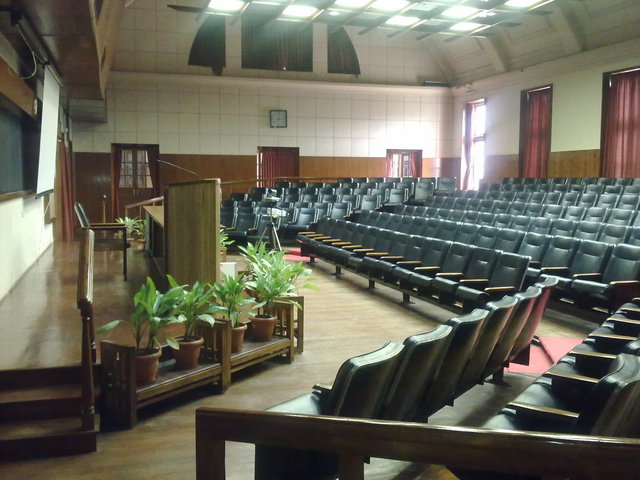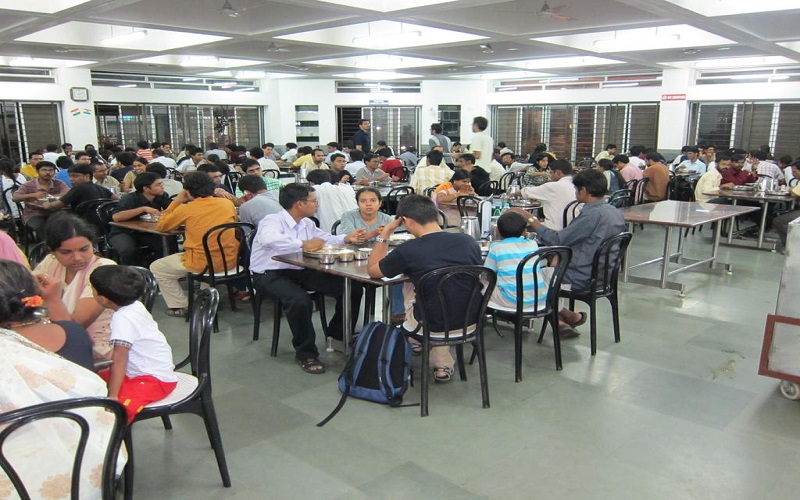Conference Location

Venue
Faculty Hall, Main Building
Indian Institute Science, Bangalore, Karnataka
Established in 1909,The Indian Institute of Science, located in heart of Bangalore on 400+ acres of lush scrub and plantation forest, is India’s leading institution of advanced education and premier research centre in science and in engineering. The institute comprise of 6 divisons of 50+ depararment and around 600 faculty carries out research in most areas of the basic and applied sciences and in engineering , publishing vigorously in premier journals.






IISc's Sprawling Campus
The IISc campus, sprawling over 400 acres in the north of Bangalore, is located approximately 6 kilometres from Bangalore City Railway Station and Kempegowda Bus Station, on the way to Yeshwantpur, and about 35 kilometres from Kempegowda International Airport. This fully residential campus houses more than 40 departments and is home to other amenities including six canteens, a gymkhana, a football ground, a cricket ground, five dining messes, one multi-cuisine restaurant, nine men's and five women's hostels, an airstrip, a library, two shopping centers, and the residences of faculty members and staff. The campus is also adorned with both exotic and indigenous plant species, featuring around 110 species of woody plants. Routes such as the Gulmohar, Mahogany, Badam, Tala, Ashoka, Nilgiri, Silver Oak, Amra, and Arjuna Marga guide visitors through the picturesque landscape.
The architecture of the main building, which includes the administration and Faculty Hall, is classical in style, characterized by a prominent grey tower designed by C. F. Stevens and Company of Bombay in 1912–13. In front of this building stands a monument by Gilbert Bayes, erected in memory of J. N. Tata, reminding visitors of Tata's generosity and his dedication to the welfare of India. The campus's close proximity to other research institutes like the Raman Research Institute, ISRO, Wood Research Institute, and CPRI, all connected by a regular shuttle bus service, adds to its significance. As monsoon unfolds in India during August, the lush greenery and tree-lined routes create a vibrant atmosphere, coinciding with the start of the new academic year, bringing an influx of energy as students and faculty members return.



